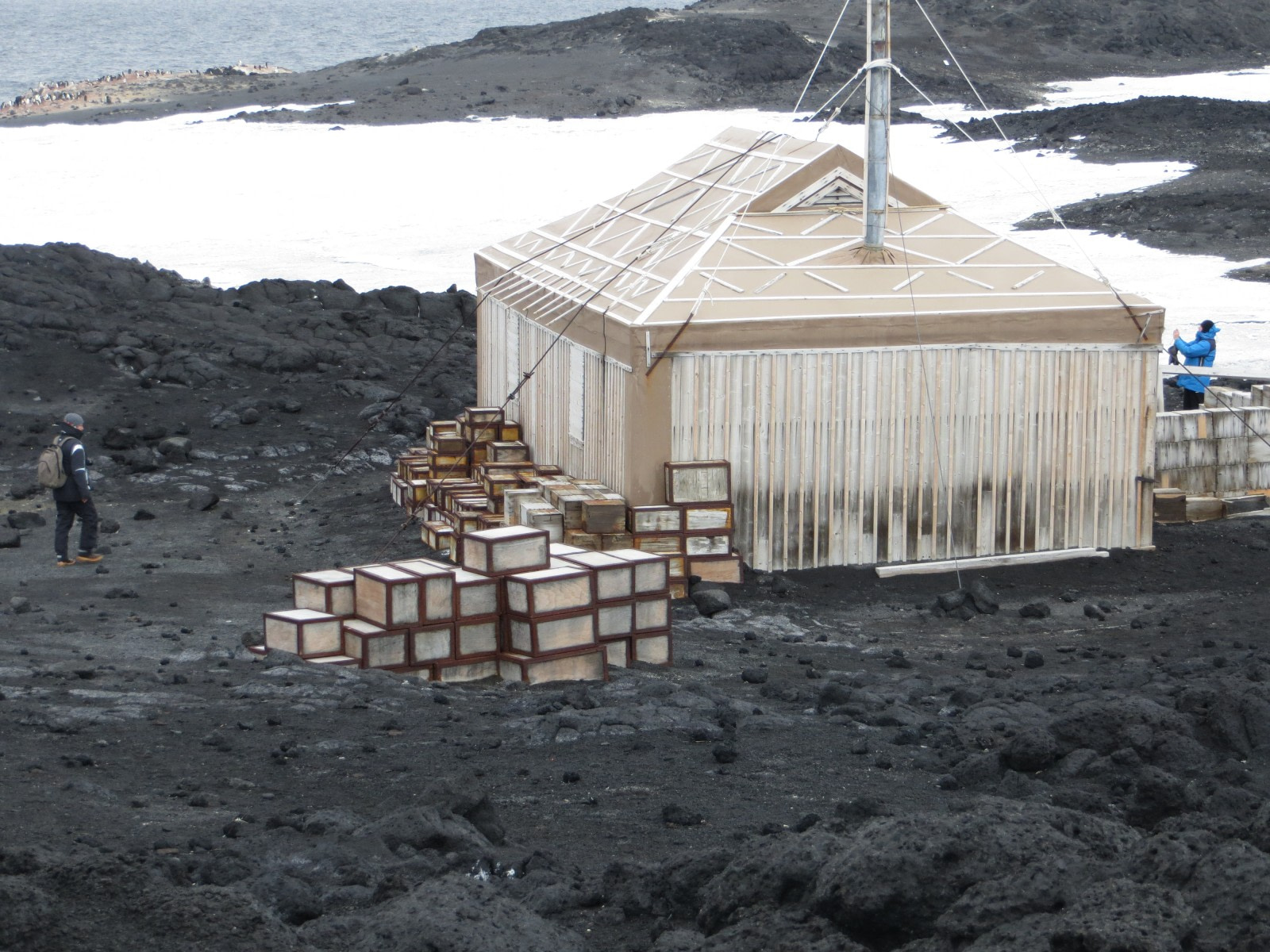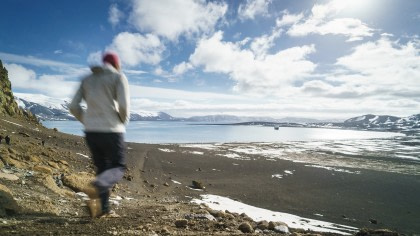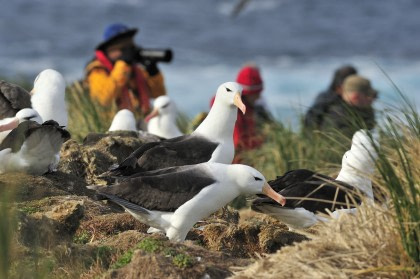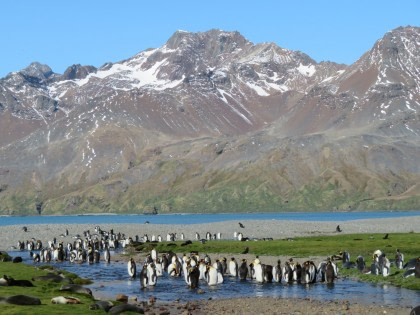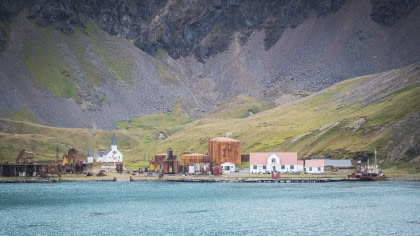For centuries, the most extreme scientists, explorers, fishermen, and travellers have called Antarctica home. During your Antarctic holiday you may have the chance to visit some of research stations that pepper the continent, representing the valiant efforts of humankind to study the unknown. Over time, many of these stations have been abandoned and left to the elements for eternity.
Why abandon a station that you’ve spent so much time, money, and effort into? It’s no mystery that the harsh and trying conditions that characterize Antarctica can be challenging, even to the most rugged explorers. In some cases, there simply wasn’t enough money or resources to keep the station up and running anymore, sometimes the reasons became more political. Below, we explore five truly remarkable abandoned stations at the end of the earth.
Grytviken, South Georgia (Norway)
During the early 20th century, Norwegian sea captain Carl Anton Larsen established a whaling and sealing station on the remote island of South Georgia. He chose this particular location after first visiting the island during the 1901-1903 Swedish Antarctic expedition. The waters were teeming with marine life, which provided the perfect opportunity to meet the high global demand for whale oil and products. With unrestricted whaling and fishing opportunities, Grytviken was the ideal place to set up shop.
The following 60 years of unsustainable hunting practices eventually took its toll on South Georgia’s marine mammal populations. By the mid 1960s, whales and seals had drastically declined to the point of complete disappearance. Soon, whalers at Grytviken found themselves with nothing left to fish out of the oceans and were faced with the reality of closing the station’s doors for good. There seemed no point in completely removing the station from the shores where it stood, especially since there was limited room on the ship back to Europe. Instead, the whalers left the station to the harsh Antarctic elements to sit for eternity.
Today, Grytviken remains preserved in near pristine condition and offers tourists an opportunity to step back into the early days of Antarctic exploration and establishment. There is v ery little about this deserted station that has changed since it was officially closed, except the addition of the South Georgia Museum, which comprehensively exhibits the history and significance of South Georgia Island during the turn of the century.
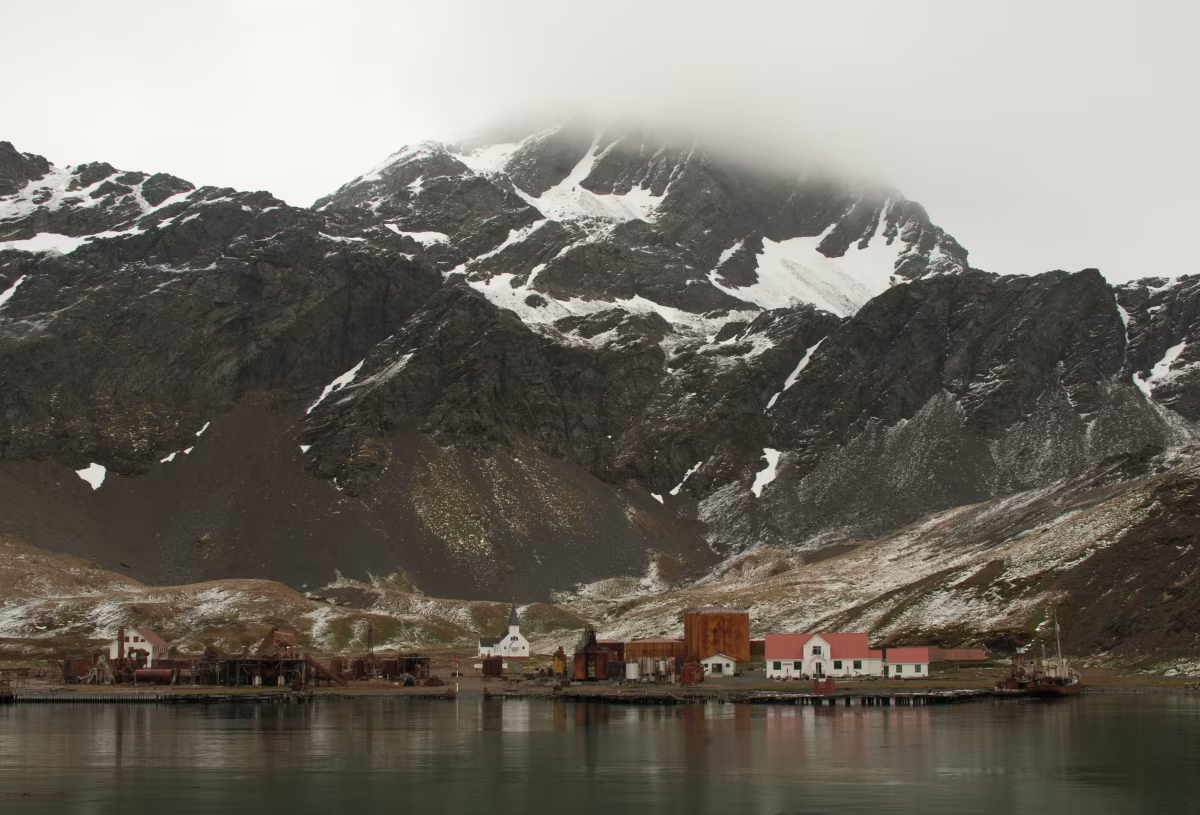
Grytviken, South Georgia © Erwin Vermeulen-Oceanwide Expeditions
Bunger Oasis/A.B. Dobrowolski Station (Soviet Union/Poland)
The A. B. Dobrowolski station, located on the Australian side of Antarctica referred to as “Wilkes Land”, was originally established as ‘Bunger Oasis’ by the Soviet Union in 1956. Due to lack of sufficient funding, the Soviet Academy of Sciences handed over the research base to the Polish Academy of Sciences in 1959.
During the next 20 years, Polish researchers carried out research focusing on gravitational fields, star charting, climatic variation, and polar radiation levels. Like the Soviets, however, the Polish Academy of Sciences was faced with an extraordinarily high bill for air transport to and from the station, and an even higher cost of living while researchers were stationed at the base.
The last team to have officially visited the station for scientific purposes was some time between the 1960s and 1970s. Almost all of the original station remains standing to this day. The huts used to conduct research, dilapidated helicopter parts, and even the furniture and kitchen supplies inside the living quarters remains in tact and in perfect shape.
There are currently no future plans to reopen the station. The sister station to A.B. Dobrowolski, Henryk Arctowski, is located on King George Island in the western Antarctic Peninsula.
Pole of Inaccessibility (Soviet Union)
Despite being abandoned for nearly 25 years, Vladimir Lenin watches over the Pole of Inaccessibility station, located in Queen Maud Land. In 1958, Soviet scientists established a small, temporary base that was meant to briefly study the region’s glaciology, meteorology, and Earth magnetism. This region experiences the coldest recorded temperatures on earth, with winter lows reaching a chilly -72°F (-58.2°C), and is also the point in Antarctic furthest from any ocean.
In the dead of winter, the entire station is buried to the roof in snow. The only way to know of any kind of human existence is to look for the oddly placed plastic bust of Lenin. As the story goes, the Soviets wanted to specially commemorate their establishment of the station. Instead of a flag pole or a carefully crafted sign, they decided that a small statue of Lenin would do. To this day, Lenin patiently watches over the station, seemingly unsure of his comrades’ return.
Shackleton’s Hut at Cape Royds (England)
After failing to reach King Edward VII Land in 1908 during the Nimrod Expedition, Ernest Shackleton built a small hut in the Cape Royds region of Marie Byrd Land. It was here that Shackleton’s entire crew spent the winter living off of beef loaf, tins of butter, mashed peas, and canned roasted mutton. Only the hardiest of foods for these explorers. The hut contained a coal burning stove, limited storage, and just enough room for 15 men to sleep somewhat comfortably. To get a better idea of the living conditions, you can take a virtual tour through the hut!
In 1910, Robert Scott, Ernest Shackleton, and Roald Amundsen engaged in a race to see who could reach the South Pole first. Knowing the location of Shackleton’s now abandoned hut could have proven to be an advantageous stopover en route to the pole. Before the expedition began, however, Shackleton, Scott, and Amundsen kept a gentleman’s agreement to not use one another’s facilities in the process of reaching the South Pole.
Over a century later, treasures from Shackleton’s hut are still being discovered. In 2006, five crates of McKinlay and Co. whiskey were found buried beneath the hut. Analysis and restoration of the whiskey is currently underway at the Canterbury Museum in Christchurch, New Zealand. The result of these studies? Not even 100 years of hiding below a hut can damage a fine spirit.
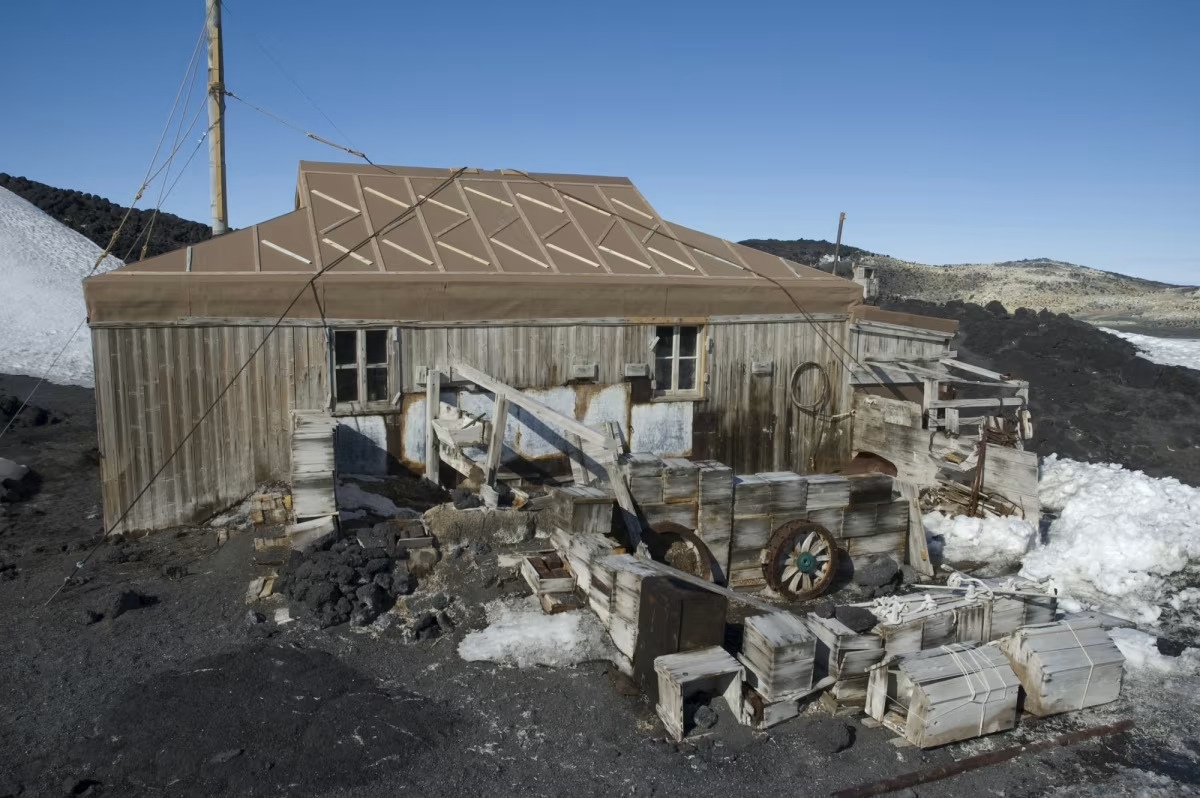
Shackleton's Hut, Cape Royds, Ross Sea © Delphine Aurès-Oceanwide Expeditions
Captain Robert Scott’s Hut (England)
In 1909, the race to the South Pole was on. Antarctic explorer heavyweights Ernest Shackleton, Roald Amundsen, and Robert Scott were in hot pursuit of the title of “first to reach the exact bottom of the world”. This title, however, was no simple trip with a dogsled. It was, in Scott’s experience, a trip with dogs, motor sledges, and ponies. The results were catastrophic. During the winter of 1911, Scott built a small hut for his crew of men on Ross Island to serve as a base of operations during the expedition.
By 1913, the Terra Nova Expedition was officially over. Amundsen had beaten Scott to the pole by a mere 34 days, and Scott was dead, freezing to death with a team of men less than 20 miles away from shelter. Nearly a year later, Ernest Shackleton made use of the abandoned hut during his Imperial Trans Arctic Expedition. Some of his supplies can still be found inside the hut.
From 1917 to 1956, the hut sat untouched by humans. When it was finally dug out by a team of American expeditioners, its contents were found to be in near pristine condition, thanks to the preserving power of sub zero temperatures. Today, the hut still stands strong on the northern shore of Cape Evans, marking the beginning and end of some of the most epic Antarctic expeditions.

Scott's Hutt, Cape Evans, Ross Sea © Fred van Olphen-Oceanwide Expeditions
